The Puku, scientifically known as Kobus vardonii, is a captivating antelope species found in the floodplain areas of central and southern Africa. With its unique appearance, habitat preferences, and distinctive behaviors, the Puku stands out as an interesting inhabitant of the African savannah.
Pukus are adapted to their wetland habitats and are excellent swimmers, often taking to the water to escape predators or reach new feeding grounds. They are known for their distinctive “huffing” alarm call and are preyed upon by large carnivores such as lions and crocodiles. Pukus are found in the floodplains and wetland areas of central and southern Africa, including countries like Zambia, Angola, and Botswana.
Puku: Species Profile
COMMON NAME: Puku
SWAHILI NAME: –
SCIENTIFIC NAME: Kobus vardonii
TYPE: Mammal
FOOD: Pukus are herbivores, primarily feeding on grasses, aquatic plants, and leaves. They are selective grazers and browsers, choosing the most nutritious vegetation available.
HABITAT: Pukus inhabit floodplain areas, grasslands, and swampy regions near rivers and lakes. They prefer areas with tall grass and dense vegetation, providing them with cover and a food source.
SIZE: Adult pukus stand about 80-100 centimeters (31-39 inches) at the shoulder. They have a body length of approximately 130-150 centimeters (51-59 inches).
AVERAGE LIFE SPAN IN THE NATURAL HABITAT: In the wild, pukus have an average lifespan of around 15 years.
ACTIVE: Pukus are primarily active during the early morning and late afternoon, known as crepuscular animals. They rest and seek shade during the hottest parts of the day.
GESTATION PERIOD: The gestation period of pukus lasts for approximately 7-8 months. After this period, a single calf is born, and it joins a small nursery group with other calves for protection.
WEIGHT: Adult pukus weigh around 70-80 kilograms (154-176 pounds). Males are typically larger and heavier than females.
SIZE COMPARISON TO A 6-FT MAN: Pukus are smaller in size compared to a 6-ft man. They have a compact build with a reddish-brown to copper-brown coat and a white underbelly. Both males and females have twisted, lyre-shaped horns that can reach lengths of up to 50-60 centimeters (20-24 inches).
Physical Features and Adaptations:
The Puku is a medium-sized antelope with a robust build. It displays a reddish-brown to chestnut-brown coat, which is darker on the back and lighter on the belly. One of its distinctive features is the presence of V-shaped white markings on its rump, which contrast with the rest of its body. Both males and females have lyre-shaped, ridged horns that are usually found only in males, making the Puku unique among antelope species.
- Size: The Puku is a medium-sized antelope, standing at around 100 centimeters tall at the shoulder.
- Coat Color: Its coat is predominantly reddish-brown, with a glossy sheen that adds to its visual appeal.
- White Underbelly: The Puku sports a white underbelly, which creates a striking contrast against its reddish-brown coat.
- White Rump Band: Across its rump, the Puku exhibits a band of white fur, further accentuating its unique appearance.
- Horns (Males Only): Male Pukus possess magnificent lyre-shaped horns that can grow up to 50 centimeters in length. These spiraling horns curve outward and upward, adding to the antelope’s visual allure.
- Hornless Females: Female Pukus, while resembling males in size and overall appearance, do not have horns.
Habitat and Distribution:
Pukus are primarily found in the floodplain regions of central and southern Africa, particularly in countries such as Zambia, Angola, and southern Democratic Republic of Congo. They inhabit areas near rivers, marshes, and floodplains, where they have access to fresh water and lush vegetation. These habitats provide the necessary resources for their survival and reproduction.
Behavior and Social Structure:
Pukus, with their distinct appearance, also exhibit interesting behaviors that contribute to their survival and social dynamics. Here are some key aspects of Puku behavior:
1. Social Structure: Pukus are social animals and tend to form small herds consisting of females and their offspring. These herds are led by a dominant male, who ensures the group’s safety and well-being. Within the herd, there is a hierarchical structure where individuals have specific roles and positions.
2. Territory and Defense: Male Pukus establish and defend territories, marking their boundaries through scent marking and visual displays. The size and quality of a male’s territory play a crucial role in attracting females for mating. Dominant males use their lyre-shaped horns during territorial disputes, engaging in impressive horn clashes to establish dominance.
3. Mating Rituals: During the mating season, dominant males engage in elaborate displays to attract females. These displays involve posturing, vocalizations, and impressive horn displays to showcase their strength and genetic fitness. Female Pukus choose their mates based on these displays and the dominance of the males.
4. Communication: Pukus communicate through various vocalizations and body language. Their vocal repertoire includes grunts, snorts, and alarm calls to alert others of potential threats. They also use visual cues such as body postures, tail movements, and ear positions to convey their intentions and emotions within the herd.
5. Grazing and Foraging: Pukus are herbivores with a primary diet of grasses. They have adapted to graze on short, nutrient-rich grasses found in their habitat. Pukus employ selective feeding techniques, using their elongated snouts and prehensile lips to efficiently consume specific parts of the grass blades, maximizing nutrient intake.
6. Predation and Defense: Pukus are vulnerable to predation by large carnivores such as lions, leopards, and hyenas. To evade predators, they rely on their agility and speed. When threatened, Pukus exhibit alarm behavior, alerting the herd with vocalizations and fleeing in an organized manner. Their coloration and camouflage also aid in evading detection.
7. Daily Activity Patterns: Pukus are primarily crepuscular, meaning they are most active during the early morning and late afternoon. During the hotter parts of the day, they seek shade and rest, conserving energy. This behavior helps them avoid extreme temperatures and reduces the risk of predation.
Understanding Puku behavior adds depth to the experience of observing these remarkable antelopes in the wild. Each aspect of their behavior contributes to their survival, social structure, and successful reproduction. Witnessing these behaviors firsthand while on a safari provides a unique opportunity to appreciate the intricacies of nature.
Group Dynamics:
Pukus are typically seen in small to medium-sized herds consisting of females, their offspring, and a dominant male. The size of these herds can vary depending on factors such as food availability and predation risk. Males establish territories and engage in displays to attract females during the mating season. These displays often involve posturing, vocalizations, and marking their territories with scent.
Feeding Behavior:
Pukus are predominantly grazers, feeding on various grasses and aquatic plants found in their floodplain habitats. Their elongated muzzle and specialized dentition allow them to efficiently graze on a variety of grasses, enabling them to adapt to their specific ecological niche.
Conservation Status and Efforts:
The Puku is currently classified as a species of “Least Concern” on the International Union for Conservation of Nature (IUCN) Red List. While their overall population is relatively stable, localized declines can occur due to habitat degradation, hunting, and competition with livestock. Conservation efforts aim to protect their floodplain habitats, mitigate human-wildlife conflicts, and raise awareness about the importance of preserving this unique antelope species.
Kobus vardonii
The Kobus vardonii (Puku’s) striking appearance, habitat preferences, and distinctive behaviors make it an intriguing species to observe in the African floodplains. Its ability to thrive in these dynamic ecosystems showcases the adaptability of wildlife in the face of environmental challenges. By promoting responsible land management practices and supporting conservation initiatives, we can contribute to the long-term survival of the Puku and ensure the preservation of Africa’s rich biodiversity.
Puku Adaptations
The Puku, as a species, has developed remarkable adaptations that allow it to thrive in its natural habitat. These adaptations enable the Puku to navigate diverse environmental conditions and fulfill its ecological role. Here are some notable adaptations of the Puku:
- Water Adaptations: The Puku is well-suited to wetland environments and has evolved specific adaptations to thrive in areas with abundant water sources. It is an adept swimmer, capable of traversing flooded areas with ease. Its elongated hooves and strong limbs facilitate movement through muddy terrain, enabling it to access water and forage in wetlands.
- Grazing Behavior: Pukus are herbivores with a specialized feeding strategy. They have adapted to graze on short, nutrient-rich grasses found in their habitat. Their elongated snouts and prehensile lips allow them to selectively feed on grass blades, maximizing their intake of essential nutrients.
- Adaptability to Seasonal Changes: The Puku displays remarkable adaptability to seasonal fluctuations. During the rainy season, when their habitat becomes inundated, they are capable of swimming long distances to find suitable grazing areas. In contrast, during the dry season, when water sources dwindle, they seek higher ground and rely on their well-developed sense of smell to locate remaining water sources.
- Camouflage: The Puku’s reddish-brown coat coloration provides effective camouflage in its grassland and wetland habitats. This helps the antelope blend in with the surrounding vegetation, making it less visible to potential predators.
- Social Structure: Pukus exhibit a social structure that benefits their survival. They form small herds consisting of females and their offspring, led by a dominant male. This social arrangement provides increased vigilance against predators and enhances the overall protection and well-being of the group.
- Horns for Males: Male Pukus possess lyre-shaped horns, which serve various purposes. These horns play a crucial role in dominance displays, where males compete with one another to establish breeding rights. The size and curvature of the horns can indicate the dominance and fitness of a male, influencing the outcome of conflicts and ultimately determining mating opportunities.
These adaptations highlight the Puku’s ability to thrive in its unique habitat. By evolving specific physical and behavioral characteristics, the Puku has successfully adapted to the challenges posed by its environment, ensuring its survival and continued existence as a remarkable species in the African wilderness.
Where to see Pukus in Tanzania
If you are interested in seeing Pukus in Tanzania, there are several locations within the country where you have a good chance of encountering these fascinating antelopes. Here are some of the key areas where Pukus can be found:
- Selous Game Reserve:
Located in southern Tanzania, Selous Game Reserve is one of the largest protected wildlife areas in Africa. This vast wilderness is home to a diverse range of wildlife, including Pukus. Exploring the game reserve on a guided safari allows you to spot these antelopes in their natural habitat. - Ruaha National Park:
Situated in central Tanzania, Ruaha National Park is renowned for its diverse wildlife populations. It provides a suitable habitat for Pukus, and visitors have the opportunity to observe them during game drives or walking safaris. - Katavi National Park:
Nestled in the remote western region of Tanzania, Katavi National Park is a hidden gem for wildlife enthusiasts. The park’s lush floodplains and woodlands attract Pukus, along with various other animal species. Exploring this off-the-beaten-path destination offers a unique chance to encounter Pukus in a pristine and less-crowded environment. - Mahale Mountains National Park:
Although primarily known for its chimpanzee population, Mahale Mountains National Park, located on the eastern shore of Lake Tanganyika, is also home to Pukus. While trekking to observe the chimpanzees, keep an eye out for these graceful antelopes grazing in the park’s grasslands. - Katavi-Rukwa Ecosystem:
The vast Katavi-Rukwa ecosystem, encompassing both Katavi National Park and Rukwa Game Reserve, serves as a significant range for Pukus. Exploring these areas provides ample opportunities to witness these antelopes and immerse yourself in the diverse wildlife of western Tanzania.
When visiting these locations, it is advisable to engage the services of an experienced safari guide or tour operator who can navigate the terrain and provide insightful information about the wildlife, including the Pukus, that inhabit these areas.
Seeing Pukus in Tanzania is a memorable experience, as these graceful antelopes showcase their unique appearance and behavior in their natural habitats.
Puku Safari Tips
Embarking on a Puku safari in Africa can be an exciting and rewarding experience. These graceful antelopes offer a unique sighting opportunity, and observing them in their natural habitat is a true delight. To enhance your Puku safari experience, here are some valuable tips to keep in mind:
- Choose the Right Location: Select a safari destination known for its Puku populations, such as the Selous Game Reserve or Ruaha National Park in Tanzania. Research and consult with experienced tour operators who can guide you to the best locations for Puku sightings.
- Time Your Visit: Pukus are most active during the early morning and late afternoon when temperatures are cooler. Plan your safari activities accordingly to maximize your chances of spotting these antelopes during their active periods.
- Guided Safaris: Opt for guided safaris led by experienced rangers or guides who are knowledgeable about the local wildlife. Their expertise will help you navigate the terrain, identify Pukus, and provide valuable insights into their behavior and habitat.
- Patience and Silence: Pukus can be skittish and easily startled. Exercise patience during your safari and maintain a quiet demeanor. Avoid sudden movements and loud noises that may disturb or scare away the antelopes. Observing Pukus from a safe distance will increase your chances of observing their natural behaviors undisturbed.
- Binoculars and Cameras: Carry binoculars or a camera with a telephoto lens to get a closer look at Pukus and capture memorable photographs. These tools will allow you to appreciate their appearance and behavior while maintaining a respectful distance.
- Wildlife Awareness: While Pukus are captivating, remember that safaris provide opportunities to witness a wide array of wildlife. Stay mindful of the surrounding ecosystem and appreciate the diverse flora and fauna that share the Pukus’ habitat. Respect the natural environment and follow any guidelines provided by your guides or park authorities.
- Dress Appropriately: Dress in comfortable, neutral-colored clothing that blends with the environment. Avoid bright colors or patterns that may startle or disturb the wildlife. Additionally, consider wearing a hat, sunscreen, and insect repellent for protection against the elements.
- Respect Wildlife Etiquette: Keep in mind that you are a visitor in the Pukus’ natural habitat. Adhere to guidelines and regulations provided by the park authorities and guides. Avoid feeding, touching, or approaching the animals, as this can disrupt their natural behavior and potentially pose risks to both you and the wildlife.
By following these safari tips, you can maximize your chances of encountering Pukus and other wildlife while fostering a safe and respectful environment for these magnificent creatures. Enjoy the beauty of the Pukus and the African wilderness while creating lasting memories of your safari adventure.
Frequently Asked Questions about Puku Appearance and Safari
1. What is a Puku?
A Puku is a medium-sized antelope species native to central-southern Africa. It is known for its reddish-brown coat, white underbelly, and distinct lyre-shaped horns in males.
2. Where can I see Pukus in Tanzania?
You can spot Pukus in various locations in Tanzania, including the Selous Game Reserve, Ruaha National Park, Katavi National Park, the Katavi-Rukwa ecosystem, and Mahale Mountains National Park.
3. What are the adaptations of Pukus?
Pukus have several adaptations that enable their survival, including water adaptations, grazing behavior, adaptability to seasonal changes, camouflage through coat coloration, a social structure for enhanced protection, and the presence of horns in males for dominance displays.
4. How can I enhance my Puku safari experience?
To enhance your Puku safari experience, choose the right location, time your visit for optimal sightings, opt for guided safaris led by experienced rangers, practice patience and silence, bring binoculars or a camera with a telephoto lens, dress appropriately, and maintain wildlife etiquette by respecting the animals and their habitat.
5. Are Pukus endangered?
Currently, Pukus are not classified as endangered. However, their conservation status is threatened by habitat loss due to human activities and the risk of diseases such as anthrax.
6. Can I approach Pukus during a safari?
It is important to maintain a safe distance and respect the wildlife during a safari. Approaching or disturbing the animals can disrupt their natural behavior and pose risks. Listen to your guides and follow their instructions regarding wildlife observation.
7. Are there other wildlife species I can see during a Puku safari?
Yes, embarking on a Puku safari offers the opportunity to encounter a diverse range of wildlife, including other antelope species, elephants, zebras, giraffes, predators like lions and leopards, various bird species, and more. Each safari destination presents unique wildlife viewing opportunities.
8. Can I contribute to Puku conservation?
Yes, you can contribute to Puku conservation by supporting local conservation efforts, spreading awareness about their ecological importance, and practicing responsible tourism that minimizes negative impacts on their habitats.
Remember, each safari experience is unique, and sightings of wildlife, including Pukus, depend on various factors. Enjoy the journey, appreciate the beauty of nature, and cherish the memories made during your Puku safari adventure.

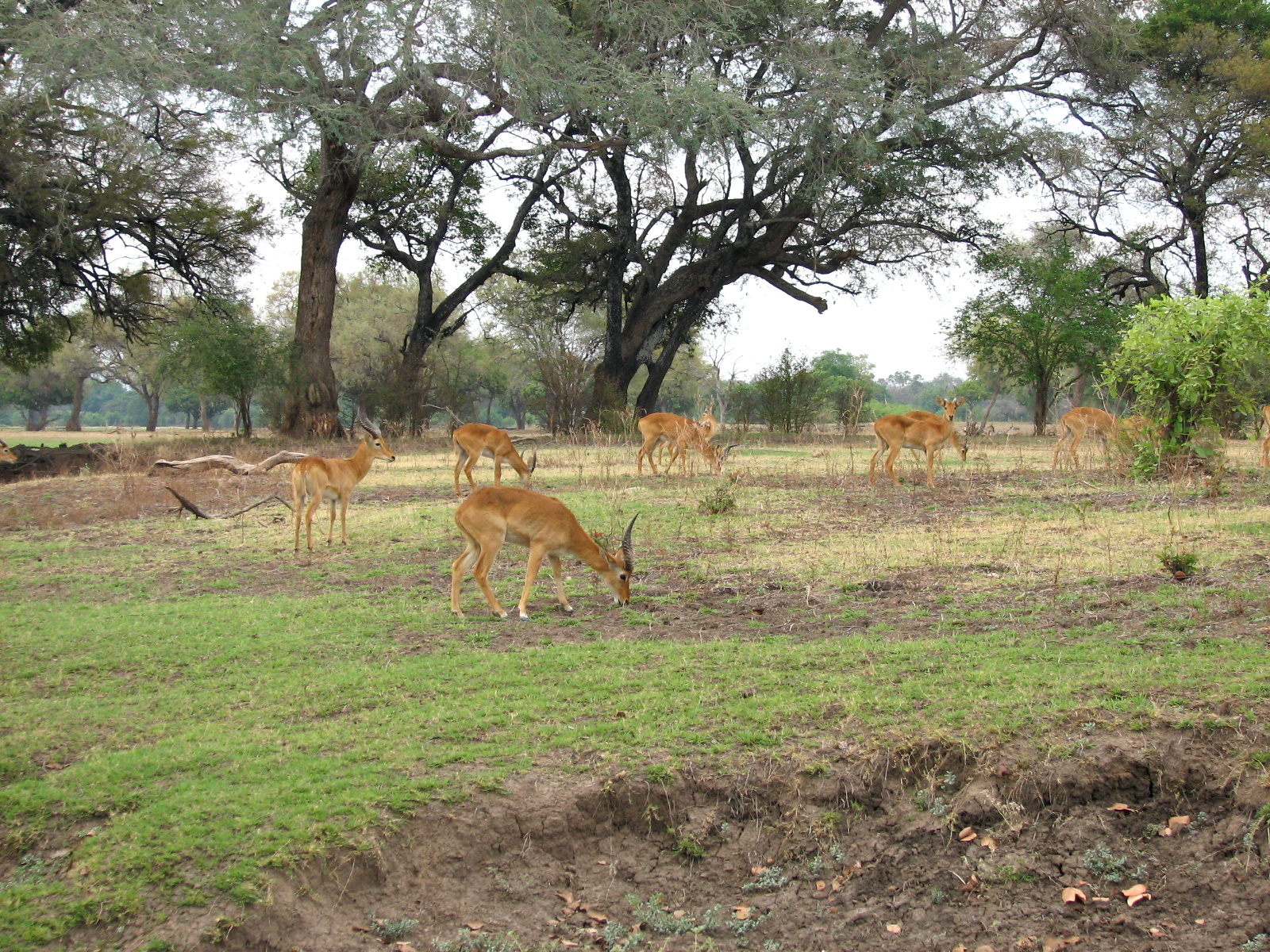
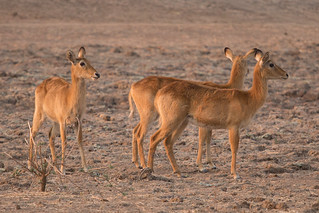
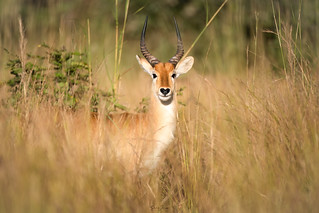
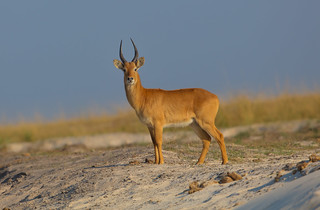
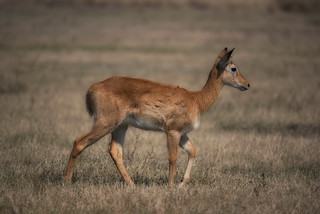
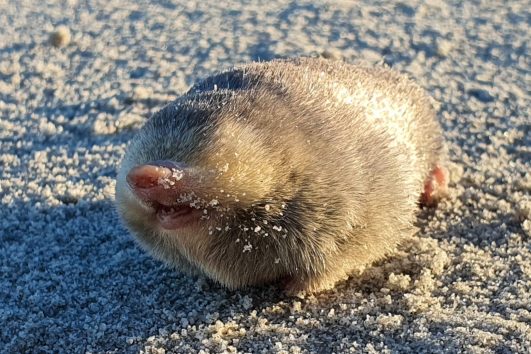
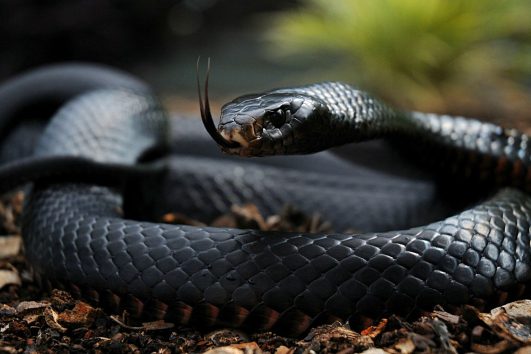
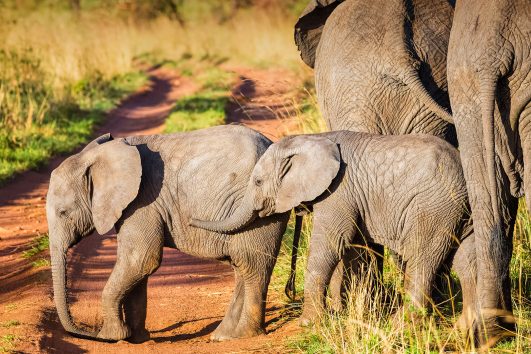
Tour Reviews
There are no reviews yet.
Leave a Review